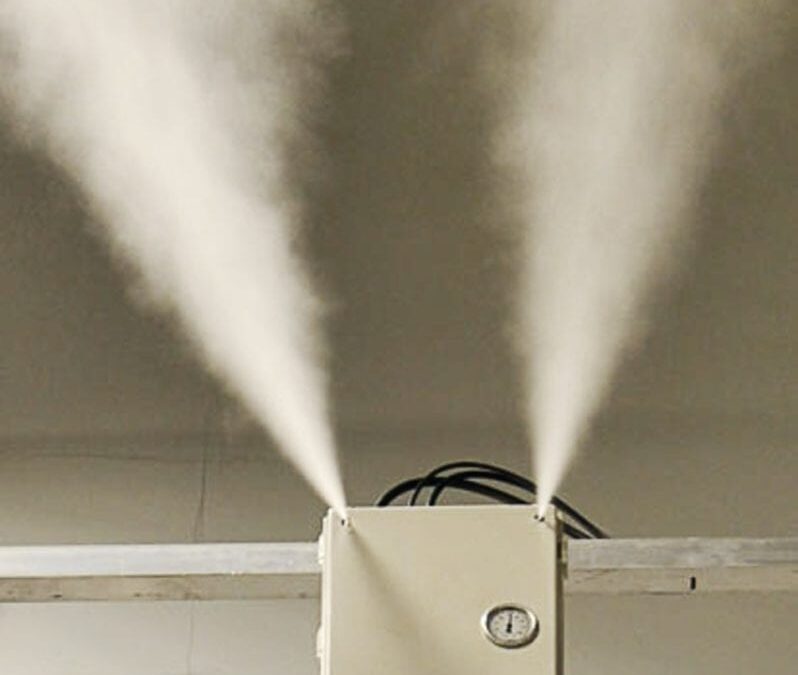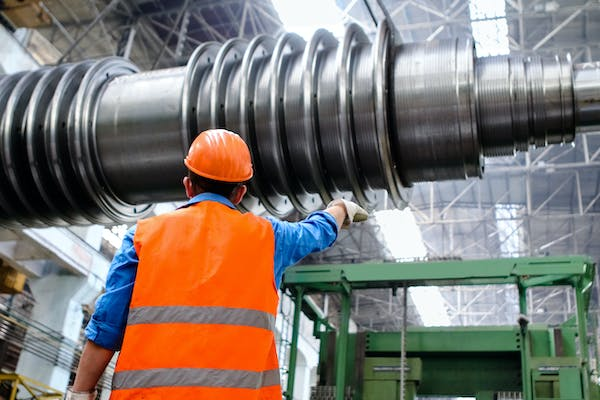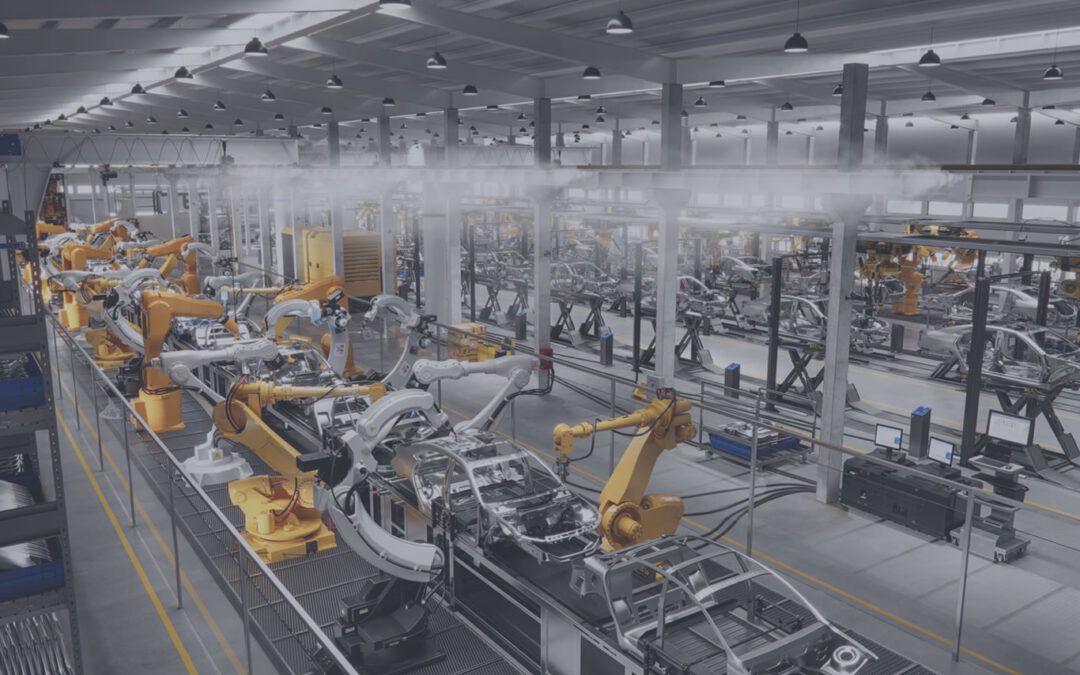As many readers looking for humidifiers know, not all humidifiers are created equal. Many humidification systems barely break even between the problems they are supposed to prevent and the ones they create. To avoid these hidden and common costs, buyers need to know how to assess both the energy costs and time costs that their humidification systems consume.
How to Find Maintenance Costs:
Humidification systems, especially adiabatic systems, may be energy-efficient, but do they have hidden maintenance needs? Are there “extra components” lurking in the optional category that, inevitably, turn out to be necessary?
One customer came to Smart Fog after a different company sold them an energy-efficient adiabatic humidification system. Though the initial setup was smooth, the aftermath was not. Wet spots and mold destroyed large portions of their crops because the humidity could not diffuse quickly or evenly enough. When asked how to fix the problem, their suppliers suggested outfitting their large facility with fans—a frustrating addition that was not included in the initial conversation and cost, and one that still issued less than perfect results. That’s why they turned to Smart Fog for a complete solution.
Stories like these are common. Many humidification systems need extra fans, evaporative chambers, drain pans, or additional components to achieve the humidity they claim. And those are just the most common additions. If the system contains any moving parts or uses high voltage power, it can break or wear down fast.
How to Find Hidden Time Costs:
Of course, none of these additional maintenance expenses can even quantify the most valuable resource of them all: customer time. When parts break down or constant monitoring is needed to maintain precise humidity levels, that downtime, both planned and unplanned, costs businesses. Every hour spent on maintenance or monitoring is an hour taken from another priority. Every hour wasted on avoidable hassle is a leak in the bottom line.
Avoiding Hidden Costs:
So, how can you avoid the hidden time costs of humidification? Ensure the system is both programmable and long-lasting. Precise moisture sensors and algorithms that trigger accurate moisture outputs are key to maintaining desired humidity levels. When algorithms do the work of adjusting and sustaining exact relative humidity, employees don’t have to worry about fluctuating humidity levels that damage products or equipment. Additionally, when components are built to last with durable materials and zero moving parts, facilities spend less time fixing worn-out components and more time enjoying seamless productions.
To enable this effortless, hands-off control, Smart Fog equips every humidification system with extremely accurate moisture sensors and proprietary algorithms. These execute the right moisture output to maintain each facility’s desired humidity level and—if desired–temperature level. However, the system’s monitoring capability doesn’t add extra maintenance. There are no moving parts in any Smart Fog system. Everything is made from durable materials. And in the entire system, the only components that require occasional maintenance are the water and air filter.





